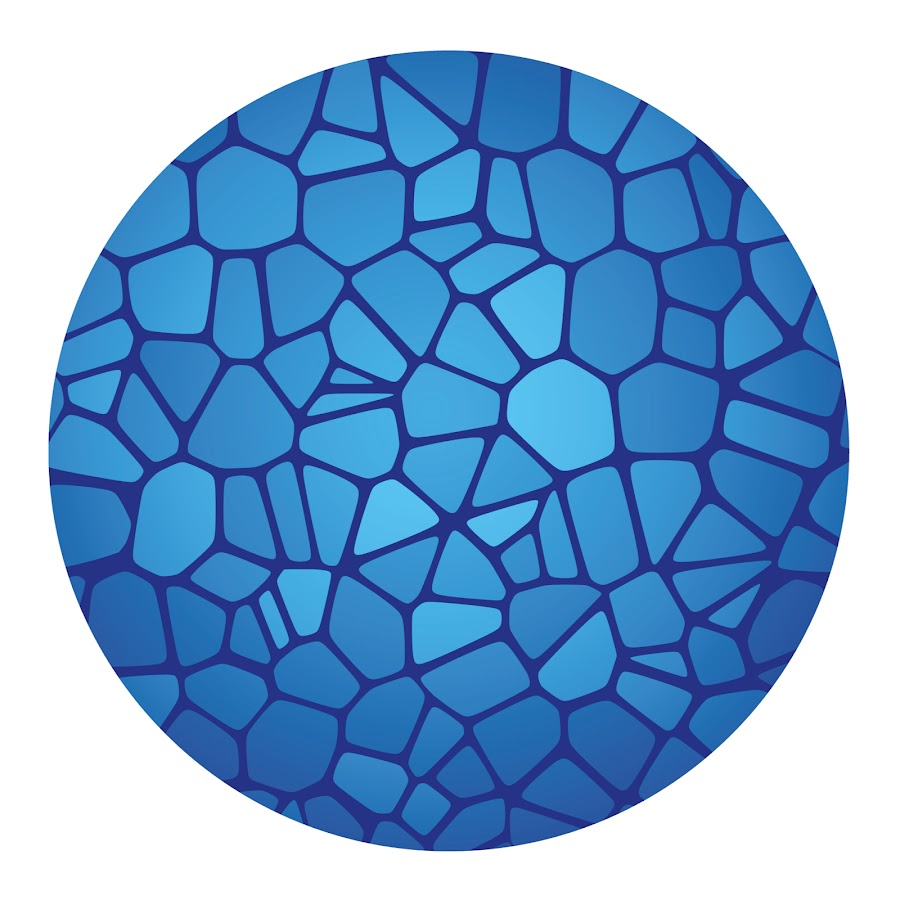High-Dimensional Single-Cell Analysis of Natural Killer Cell Heterogeneity in Human Blood
Natural killer (NK) cells are innate lymphoid cells (ILCs) that serve as a first line of defense against pathogens and tumors. Historically, their classification hinged on a limited array of surface protein markers. However, recent advancements in single-cell technologies, such assingle-cell RNA sequencing (scRNA-seq) and cellular indexing of transcriptomes and epitopes by sequencing (CITE-seq), have unveiled a more complex and nuanced understanding of NK cells. This has led to variations in nomenclature and inconsistencies across scientific literature. In our study, we utilized these technologies to dissect the heterogeneity of NK cells in healthy human blood. We identified three prominent NK cell subsets: NK1, NK2 and NK3, further differentiated into six distinct subgroups. All subsets were present in all donors, irrespective of their human cytomegalovirus (HCMV) status. Our findings delineate the unique molecular characteristics, key transcription factors, principal biological functions, significant metabolic traits, and cytokine responses of each subgroup. These data also suggest two separate ontogenetic origins for NK cells, leading to divergent transcriptional trajectories. We explore these pathways in depth and propose a comprehensive, standardized nomenclature for NK cells. This standardized terminology aims at fostering clarity and consistency in future research, thereby improving cross-study comparisons.
- Contact
- Lucas Rebuffet
- Release
- 12 January 2024
- Lab
- Vivier Lab
- Tissue
- Blood
- Assay
- 10x 3' v2, 10x 5' v2
- Disease
- None
- Organism
- Homo sapiens
scRNA-seq Datasets
Reproducibility
Reproducibility is a major principle underpinning the scientific method. We make publicly available the raw data and analysis scripts associated with each collection.
